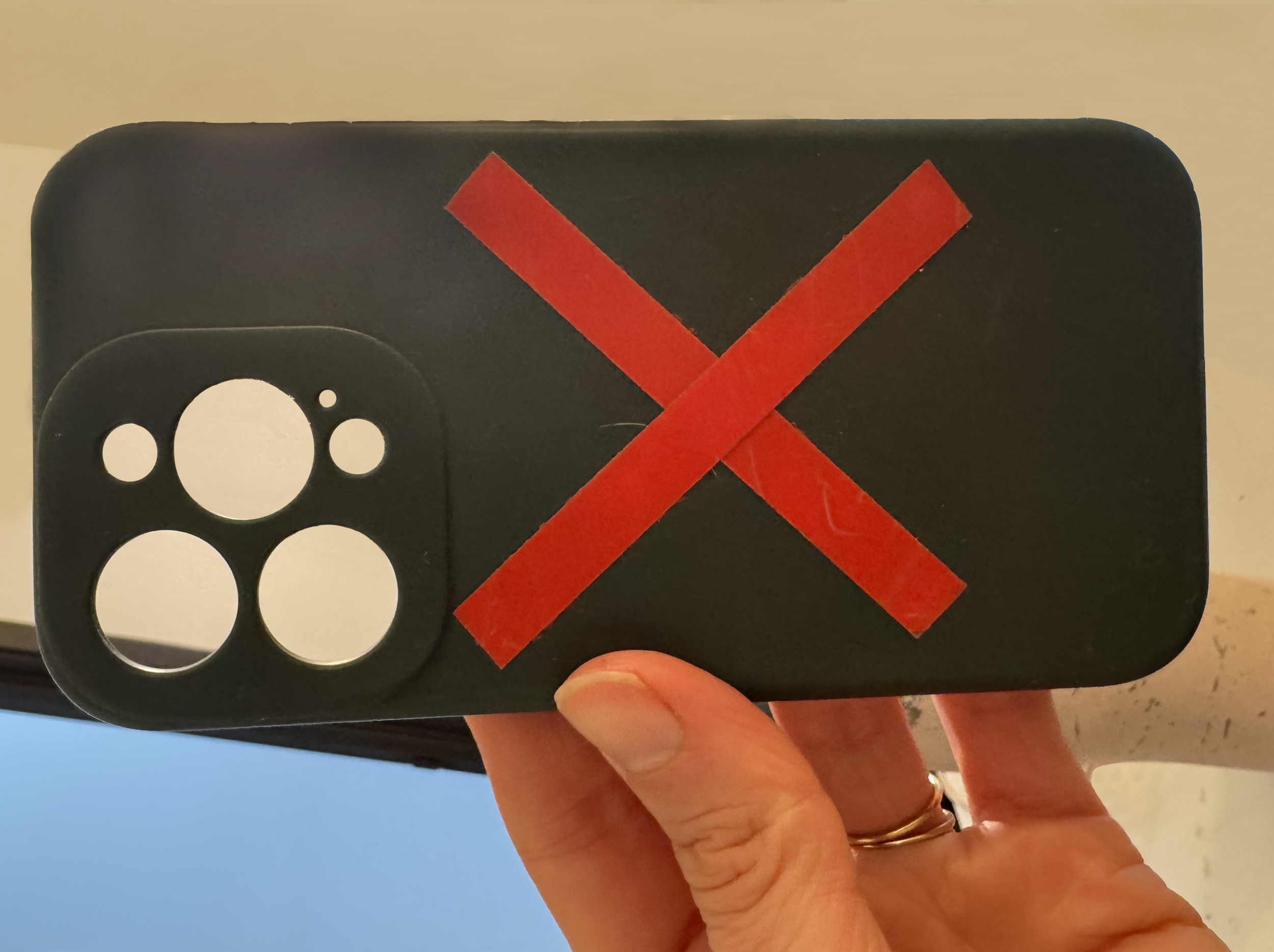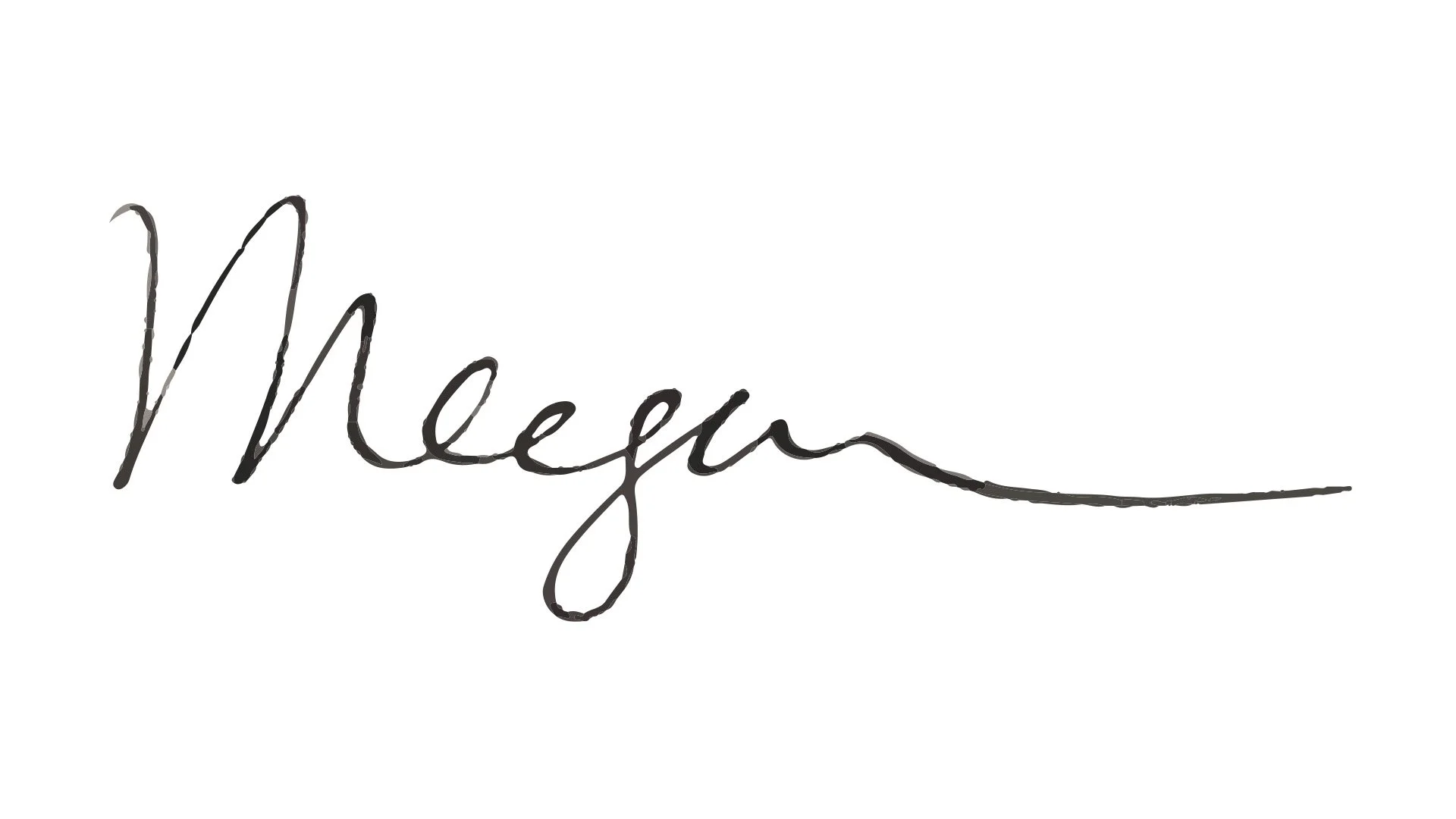How I Do a Digital Detox (My Real Process)
"Our thoughts shape us, our habits build us, and our choices define us."
— Some lady on the internet
Let’s talk about dopamine — the chemical messenger that acts like your own internal Tony Robbins. At optimal levels, it’s one of the most powerful motivational tools your brain has.
Fun fact: dopamine serves a dual role as both a hormone and a neurotransmitter, and estrogen is one of its biggest helpers. When estrogen climbs mid-cycle, it gives your dopamine a lift — which is why you might feel extra motivated and creative around ovulation.
Ever notice that some weeks you’re suddenly able to get so much done? That might be why.
Testosterone also has a direct relationship with dopamine — it boosts dopamine activity in the brain and increases drive, focus, and pursuit behavior.
In simple terms: higher testosterone generally means a stronger “get up and go” response.
If you’ve got too little dopamine?
Depression, apathy, general blah.
Too many cheap hits coming at you all day?
Doom scrolling, hair-tutorial scrolling, just… scrolling. Add in the constant ping of notifications, texts, new podcasts, emails — and you end up feeling slightly crazy (speaking from personal experience).
Like there’s too much coming at you.
Not enough time (which is only true if you choose to believe it).
Totally scattered —
And somehow both drained and unsatisfied.
Attention = dopamine.
I think of dopamine as being linked symbiotically with attention. Wherever your attention goes (and stays), dopamine responds — either with calm, focus, and satisfaction… or by fiending for something better.
Genuine dopamine lifts:
Exercise—especially jumping.
Reading a book
Spending time with your people
Going for a walk
Cooking a really good dinner
Napping (I don't know if this is true, but I feel that it is?)
These activities create a healthy, balanced baseline where small wins and accomplishments actually feel good.
But if you’re inundating your brain, hormones, and neurotransmitters with the equivalent of psychic trash all day… getting back to baseline is pretty much impossible.
I’ve been there.
I’ve been to the Promised Land — and to Digital Skid Row — and back again.
Here’s what I learned:
Anything worth doing isn’t exactly easy, but this method is definitely doable. I know because I've done it several times at this point. If you commit to 2 weeks, you'll find more focus and calm on the other side. You'll feel like yourself again—without the input of a million rando strangers on the internet.
A phone with an X
My 14-Day Dopamine Detox
Step 1: Delete the Junk
Delete your social apps for two weeks.
Also the news — and shopping apps if that’s a regular habit (good bye for now, Real Real. We’ll meet again).
Basically, anything you reflexively check — gone for now.
Step 2: Say Goodbye to Podcasts (again, for now, people.)
Sorry, I know. Delete them off your phone.
For this detox, you’re cutting all digital stimulus — even the “good” kind. (Though you decide if podcasts are ultimately helpful or harmful? Prob fine at small doses, negative if a constant companion.)
Step 3: Eat Without Distraction
Do not watch TV or check your phone while you eat. DON'T DO IT.
If you’re not sharing a meal with other people, you’re going to sit there and let the task of eating be the task.
It will feel weird on Day 1, 2, and 3 — and completely normal sometime after Day 4.
Read a book if you need to, or keep a small notebook nearby and jot down what you’re thinking about.
Step 4: Use the CROWD OUT METHOD
Replace every digital habit with a physical or creative one:
Pick up an actual book
Write morning pages
Go for a walk around the block as a quick distraction.
Write a letter (with a pen!)
Draw something
Write a gratitude list.
Have your phone stocked with audiobooks. (PSA: Libby works so well and it’s free through your public library!) Never in all my time have I regretted reading a book. The time spent in a story is both calming and expanding for your mind.
Be prepared with your crowd-outs. I carry a book or my Kindle everywhere — and I literally put a red “X” on the back of my phone as a reminder of the task at hand.
Step 5: Check Your Phone 2 Times A Day, Not 200
Your phone is not a missing limb. You don't need it attached to you.
Step 6: Turn Off Notifications
Turn off notifications or set them to one daily summary (try late afternoon).
Put your phone on Do Not Disturb all day, with only critical calls breaking through (kids’ school, your sig other, etc.).
For iPhones:
Go to Settings → Focus → Do Not Disturb → People → Allow Notifications From and select your “Favorites.”
Step 7: Create Before You Consume
THIS IS THE BEST MANTRA I HAVE EVER COME ACROSS. Do something productive before you consume anything. Exercise, do a 90 minute work block, journal, etc.
Step 8: Try “Raw Dogging Boredom”
(Yuck — why, Gen Z, why?)
First of all, I didn’t name this trend. Second, it works. Here’s an NY Post piece if you need more details.
Sit for 15 minutes.
Do absolutely nothing.
No phone. No music. No scrolling. Just sit.
It gets easier if you do it daily.
Step 9: Think Outcome, Not Effort
When you feel like quitting — when you need to check your phone or scroll — think of the outcome, not the unpleasantness.
Step 10: Chase Better Highs
We want real dopamine — the kind that’s earned.
From:
Finishing what you start
Doing hard things
Experiencing human connection
Making things
Reading actual books
Getting deep work accomplished.
Exercise
Being outdoors
Spending time with people we love
It’s the difference between cooking a beautiful dinner and eating crappy takeout for the third time this week.
When your dopamine resets, equilibrium comes back.
You stop running a hundred miles a minute in your own head.
You sleep better.
You feel your energy hold instead of leak.
Love,


